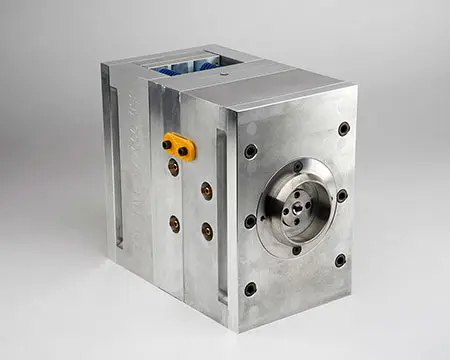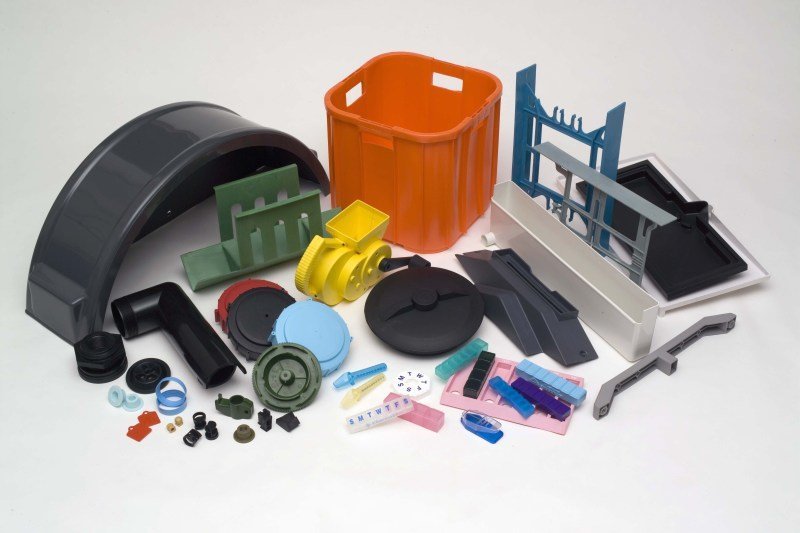Exactly How Plastic Injection Molding Drives Effectiveness in Automation
Exactly How Plastic Injection Molding Drives Effectiveness in Automation
Blog Article
Understanding the Essentials of Plastic Shot Molding Procedures
Plastic injection molding functions as a foundation of contemporary manufacturing, supplying a systematic method to creating intricate parts with precision. This procedure not only incorporates the basic actions of melting and infusing materials right into mold and mildews however also includes a nuanced understanding of various affecting variables, such as temperature and pressure. As industries increasingly require effectiveness and top quality, the intricacies of this methodology end up being extra important. Exploring these vital elements might expose just how even small adjustments can cause substantial renovations in manufacturing end results, raising questions about the capacity for advancement in this well-known process.
What Is Plastic Injection Molding?
Plastic shot molding is a commonly utilized production process that transforms thermosetting and thermoplastic materials into specific and complicated forms. This method is preferred for its capability to produce high volumes of similar parts with phenomenal precision, making it a vital method in various sectors, including automotive, consumer goods, and medical gadgets.
The procedure entails melting the selected plastic material and infusing it into a mold and mildew under high pressure. The mold, designed to the requirements of the preferred component, permits the molten plastic to take shape as it cools down and strengthens. As soon as the product has actually hardened, the mold and mildew is opened, and the ended up component is ejected.
Plastic shot molding uses several advantages, including decreased waste, uniformity in manufacturing, and the capacity to incorporate intricate designs that may be testing with various other producing techniques. Additionally, it supports a broad variety of materials, each giving special buildings that can be tailored for specific applications. As markets continue to innovate, plastic shot molding remains at the center, making it possible for the advancement of sophisticated products that fulfill advancing consumer needs.
The Shot Molding Process
The injection molding process is an innovative technique that involves a number of key stages to generate high-quality plastic elements. Plastic pellets are fed right into a warmed barrel where they are thawed right into a thick liquid. This molten plastic is then infused under high pressure right into a precision-engineered mold and mildew, which forms the product right into the desired form.
As soon as the mold and mildew is filled, the plastic is enabled to cool and strengthen, taking the form of the mold tooth cavity. Air conditioning time is critical, as it influences the cycle time and the final buildings of the molded component. After enough cooling, the mold and mildew opens up, and the ended up part is ejected utilizing ejector pins.

Materials Utilized in Shot Molding
Various materials can be utilized in the injection molding process, each offering unique residential or commercial properties that provide to details applications. The most generally used products include thermoplastics, thermosetting plastics, and elastomers.

Thermosetting plastics, like epoxy and phenolic materials, go through a chemical adjustment during the curing process, resulting in a stiff, stringent structure. These products are optimal for applications calling for high warmth resistance and structural honesty, commonly utilized in electric insulators and automotive components.
Elastomers, consisting of silicone and rubber-based materials, supply adaptability and strength. Their special residential or commercial properties make them ideal for applications that demand elasticity, such as seals and gaskets.
In addition, specialty materials like bio-based plastics and compounds are gaining traction for their environmental advantages and boosted performance characteristics, broadening the extent of injection molding applications in various markets. Recognizing the residential properties of these products is important for picking the suitable type for certain projects.
Benefits of Injection Molding
Shot molding stands apart as an extremely efficient production process that offers various advantages for producing complex parts with precision. One of the most considerable advantages is the ability to produce detailed layouts that would certainly be challenging or impossible to attain with various other approaches (Plastic Injection Molding). The procedure enables tight resistances and comprehensive features, making Find Out More sure top quality parts
In addition, injection molding is known for its fast manufacturing abilities, making it a perfect option for high-volume manufacturing. When the mold is produced, components can be created quickly, decreasing preparations and enhancing total efficiency. This effectiveness not just lowers manufacturing prices however likewise offers a competitive side in the marketplace.
The flexibility of products made use of in shot molding better enhances its charm. A vast array of thermoplastics and thermosetting polymers can be utilized, enabling suppliers to select materials that finest satisfy their certain demands, including warmth, flexibility, and stamina resistance.
In addition, the procedure reduces waste, as excess product can commonly be recycled and reused. This sustainability facet contributes to a reduced environmental influence, making shot molding a liable manufacturing selection. Overall, the advantages of injection molding make it a recommended technique for several sectors.
Variables Influencing Product High Quality
While many factors can affect item top quality in injection molding, recognizing these aspects is crucial for attaining optimal results. Key aspects include material option, refining criteria, and mold style.
Material option plays a crucial duty, as various polymers display unique residential properties that influence flowability, strength, and thermal security. Inadequate product option can lead to problems such as bending or incomplete filling.
Handling criteria, consisting of pressure, temperature, and cycle time, must be thoroughly controlled. Variations in these settings can lead to inconsistencies partly dimensions and surface finish. Excessively high temperature levels may create deterioration of the polymer, while insufficient stress can result in brief shots.
Mold design is similarly vital, as it determines the circulation of the molten plastic and the cooling procedure. Improperly created mold and mildews may cause unequal air conditioning rates, causing dimensional mistakes and residual tensions.

Verdict
In verdict, plastic shot molding works as a vital production procedure that makes it possible for the efficient production of top notch elements. Proficiency of the injection molding procedure, consisting of the understanding of products and the influence of different aspects on product quality, is crucial for visit this site attaining optimum outcomes. The advantages of this method, such as cost-effectiveness and design versatility, additional emphasize its relevance across multiple industries, strengthening its standing as a favored selection for high-volume manufacturing.
Plastic shot molding offers as a foundation of contemporary production, supplying a systematic strategy to generating complex parts with precision.Plastic shot molding offers visit this page several benefits, consisting of decreased waste, consistency in production, and the capacity to include elaborate layouts that might be challenging with various other making approaches (Plastic Injection Molding). As industries continue to introduce, plastic shot molding continues to be at the leading edge, allowing the growth of advanced items that meet progressing consumer demands
The injection molding procedure is an advanced strategy that involves numerous key stages to produce high-grade plastic parts.In conclusion, plastic shot molding offers as an important production procedure that makes it possible for the efficient manufacturing of high-quality elements.
Report this page